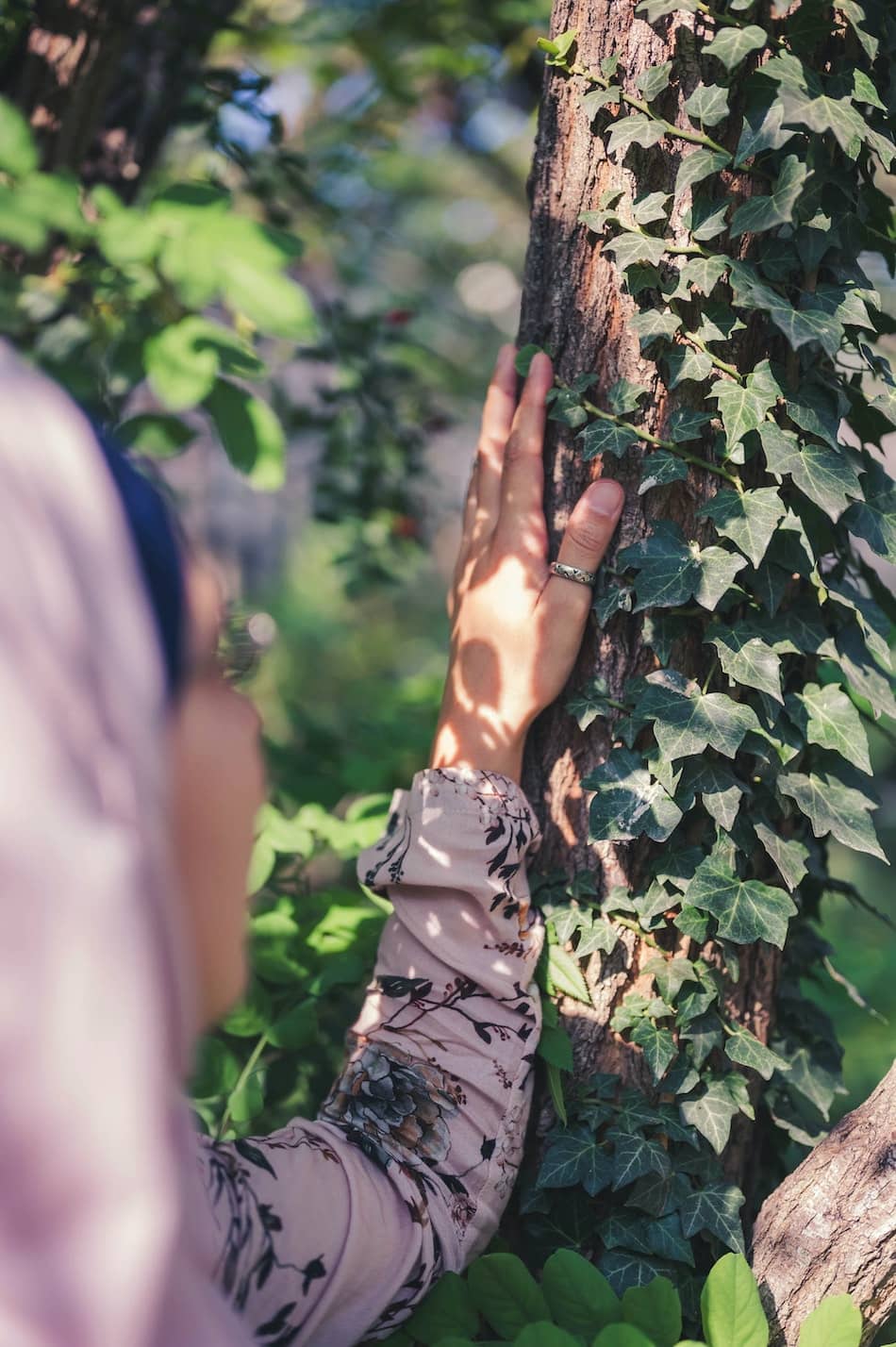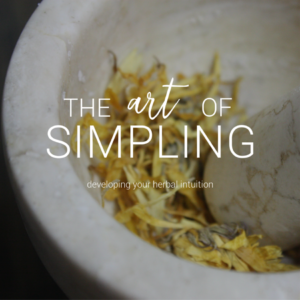
Are you a white, gray, or brown? If you’re familiar with Tolkein’s Lord of the Rings series, you’ll know I’m referring to the various rankings of the wizards mentioned throughout the books.
When it comes to the herbalist, various terms are often used to describe a person who uses food, plants, or fungi for wellness purposes, and the color “green” is a common adjective found in many of these descriptive terms.
In essence, the herbalist is a naturalist, a wise woman, a keeper of the old ways, and a healer.
Today, I would like to talk about two very distinct types of herbalists and how to flourish on the herbal path of your choosing!
Joining The Green
When it comes to “joining the green,” there is a distinction I’d like to make between those who practice herbalism and those who are called to it.
I’m a firm believer that God has given herbs to every person on this planet to use for food and wellness purposes, but I also believe that He has gifted some with a natural ability to understand and practice herbalism at a deeper level.
Let me explain.
The Family Herbalist and the Community Herbalist
Herbalism is often called “the people’s medicine” because it is accessible to all people, and it’s simple enough for the layman to understand and use — no medical or science degree necessary.

Family Herbalism
One way herbalism can come to us is through lineage, meaning it is passed down through families. For example, if your grandmother was an herbalist, she likely taught what she knew to your mother who, in turn, taught you. This is often termed family herbalism, and it’s similar to ancient martial arts where each family has its own style, or herbal heritage, that is passed down.
Family herbalism, in its most basic form, is quite simple to learn and use. It uses local, everyday herbs for nourishment and incorporates stronger herbs when someone is sick. The family herbalist is often equipped to manage acute ailments, and their practice is centered around family members and sometimes close friends. When a situation is beyond their capabilities, they seek out guidance and help from someone more knowledgeable or experienced to help them.
Answering The Call
Another way herbalism may come to us is through a “calling.” Here in the South, a “calling” is a term that means you are supernaturally or spiritually called, or drawn, to something. Avoiding this calling will often lead to a life that lacks purpose or fulfillment creating a spiritual void in a person.
With that said, I personally believe that God has gifted each of us with specific gifts. These gifts are brought to our attention in various ways throughout our life, and it’s our job to recognize them and put them to good use. One such gift is the gift of healing, and this healing gift can take different forms. Some healing is supernatural, which is often the case with miracles, and other healing comes from the knowledge gained and shared with others.
People who are “called” to healing are often naturally drawn toward healing professions, such as becoming a doctor, nurse, herbalist, midwife, counselor, massage therapist, acupuncturist, or another type of health practitioner. These people enjoy this type of work and understanding concepts comes easier for them. This type of “calling” is often an act of service, and when the calling is a true one, it’s rarely done for monetary gain or achieving success. These healers are often the ones that commit their lives to serve others. They feel deeply fulfilled and purposeful when they follow their calling. If these gifted healers do become wealthy or make a name for themselves, they do so while remaining humble and generous.

Community Herbalism
Those who are called to herbalism as a healer and serve their community are termed community herbalists. They work with people in their local communities to support them in times of sickness and health. Like the family herbalist, they often use local herbs and know how to manage acute issues when they arise. However, their knowledge and practice of herbs typically go a bit deeper than the family herbalist simply because they work with many different people as well as chronic health issues. Therefore, the community herbalist must have a broader understanding of the body and how it works, of disease processes, and how herbs and other holistic practices can be used for wellness support.
Some people use herbs in their life because that’s how they were raised. Even though they may only have a surface-level understanding of herbalism, they use herbs effectively to keep their family well. Others may feel called to herbalism and choose to take their gift and passion even further, growing their knowledge and experience to a deeper level, eventually extending their gift beyond their family and out into their community.
The #1 Thing Every Herbalist Must Have
No matter how you came to herbalism or how you choose to use it with others, one thing is true for everyone called to the green — you must develop a personal relationship with the plants themselves.
When I first began to study herbs, I tried to cram as much information on herbs into my head as possible, but as you can guess, that didn’t work too well. I continually found myself having to return to my notes and herbal books, again and again — relying on these resources instead of my own intuition and knowledge. Sound familiar?
What I needed was a way to learn about herbs that stuck with me and made it easy for me to recall herbal allies in times of need.
Eventually, I learned the value and necessity of spending time with a single plant until it became an ally — a friend I could rely on in times of need. An herb I knew well and felt confident using. I learned that this was called “simpling” — a traditional technique that our herbal ancestors used to help them learn about plants. By using one herb regularly over a period of time, they became intimately familiar with that plant on many different levels.
If having this type of relationship with plants is something you desire, I can show you how to develop it.
The Art of Simpling Online Herbalism Course

Imagine having such a close relationship with an herb that you could instantly recognize it, know how to use it, and confidently enjoy its gifts. “Simpling” offers that opportunity and more.
The Art of Simpling is a six-week online herbalism course that is exclusively available once per year. During this herbal immersion, we’ll explore the art and science of “simpling,” an ancient practice that involves dedicating your studies to one herb at a time in order to form a deep relationship with the plant and become intimately familiar with its uses, properties, energetics, history, and more.
While there are many ways to learn about herbs, “simpling” just so happens to be one of my favorite techniques. In this online herbalism course, I’ll share my own personal way of practicing this particular herbal practice using a mix of traditional art with some modern science thrown in as well.
By the end of this Art of Simpling course, you will have studied one plant in-depth, created an herbal monograph for future referencing, made several herbal preparations using your plant, learned how it can assist you in different situations, and ultimately, developed an intuition that will go call this plant back to you time and time again in the years to come.
The 2022 session of The Art of Simpling is now open for registration. Whether you are a family herbalist or a community herbalist, if you want to take your herbal knowledge to the next level, I hope you’ll join me in this year’s class.
Love and light,
Meagan